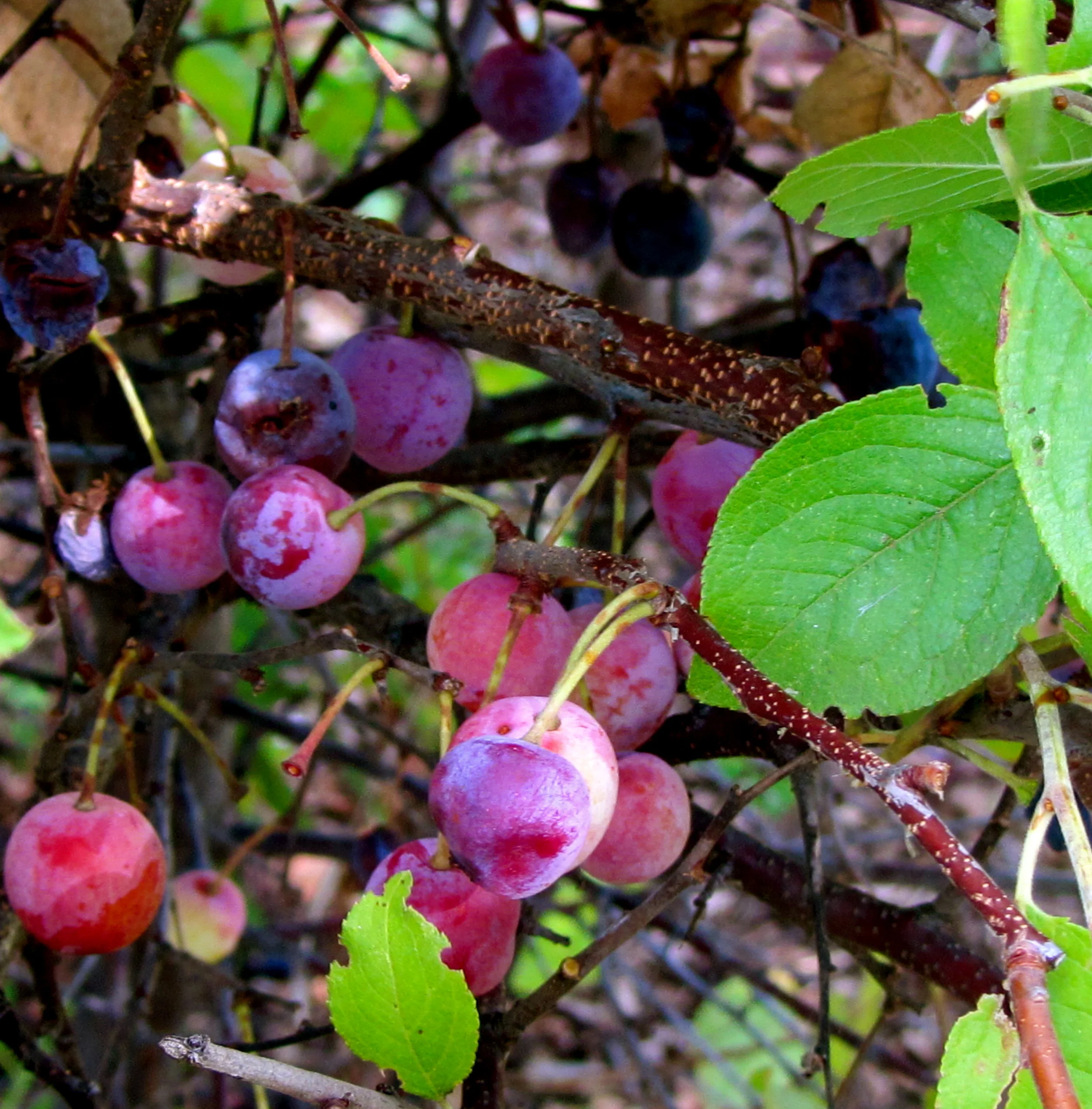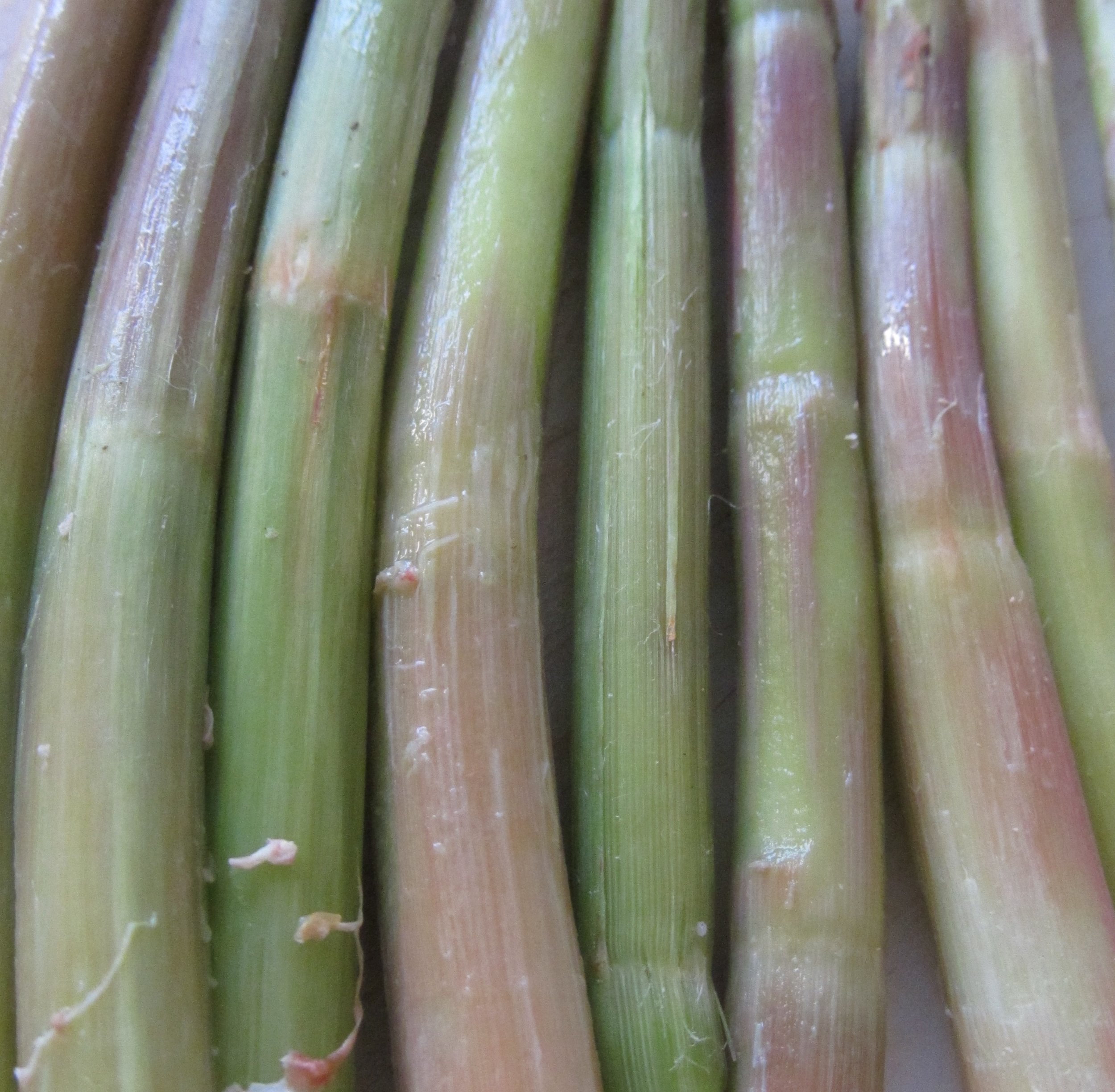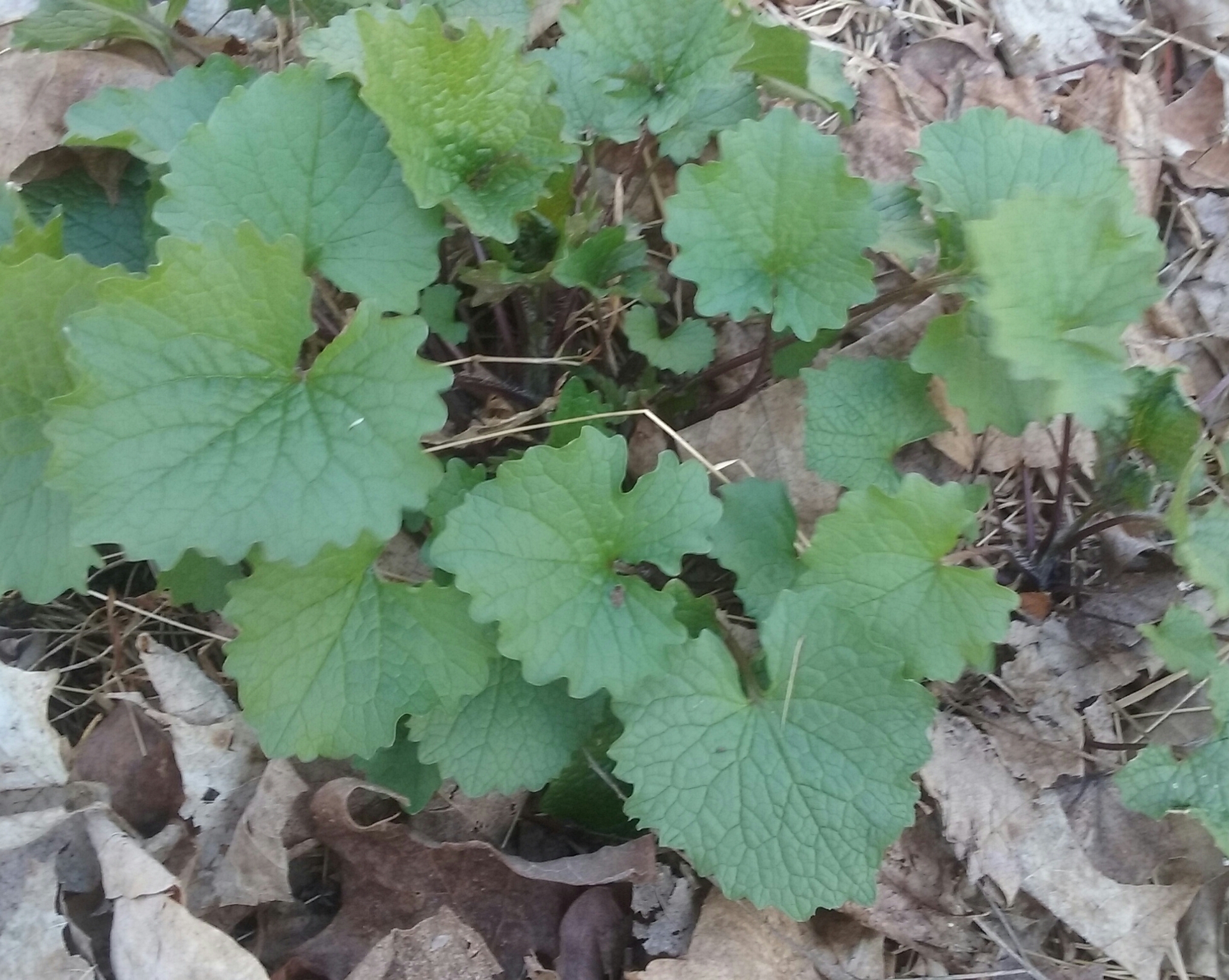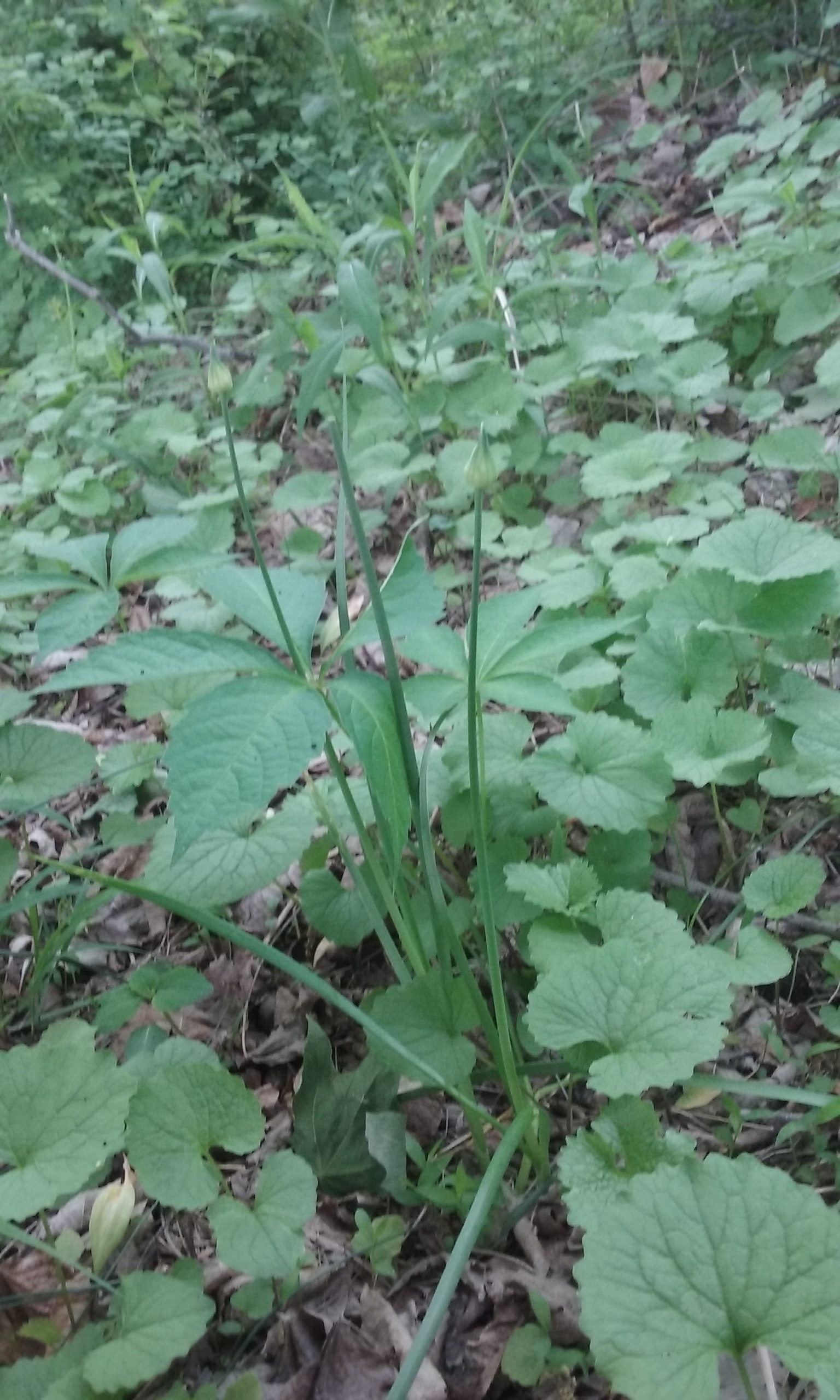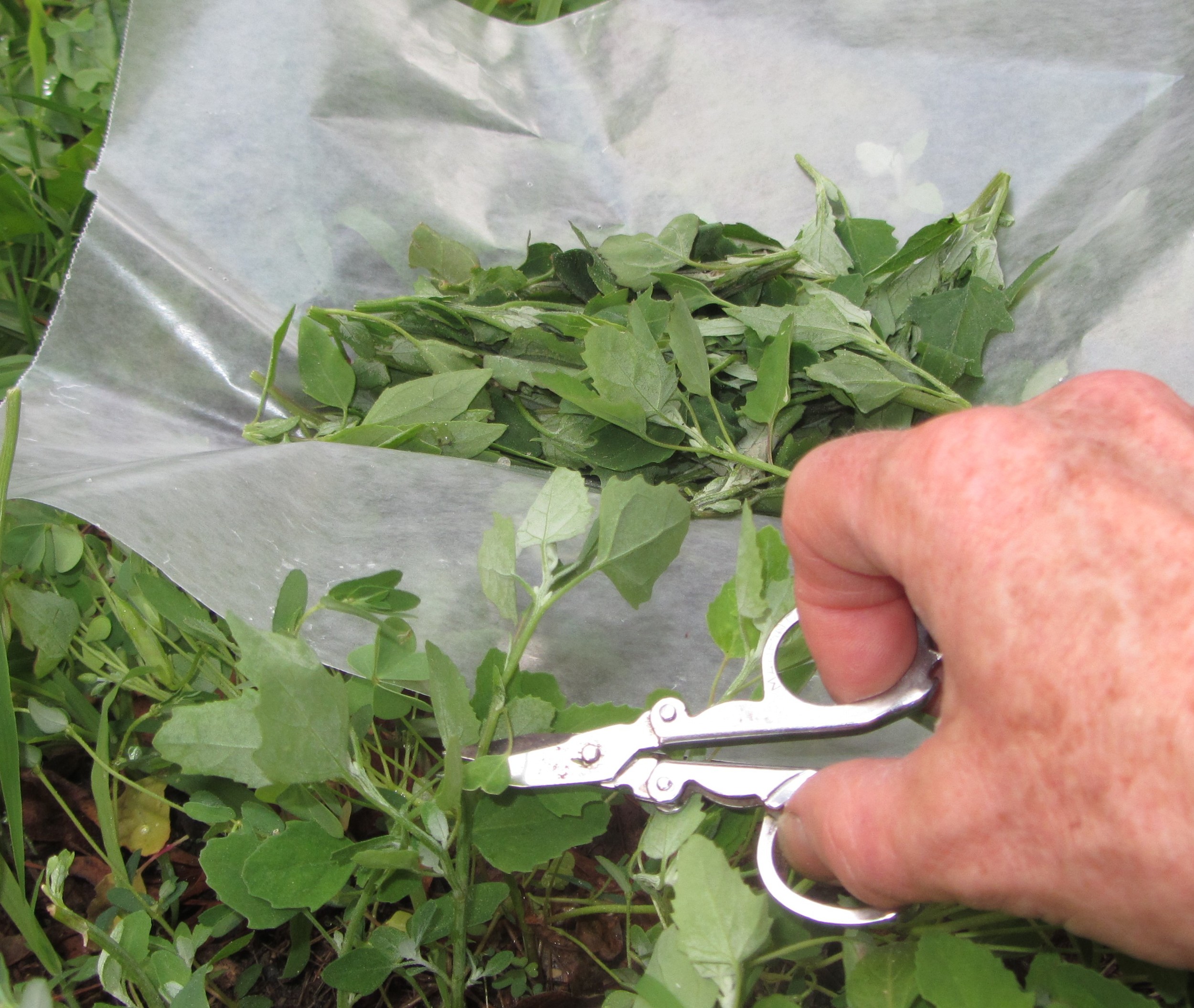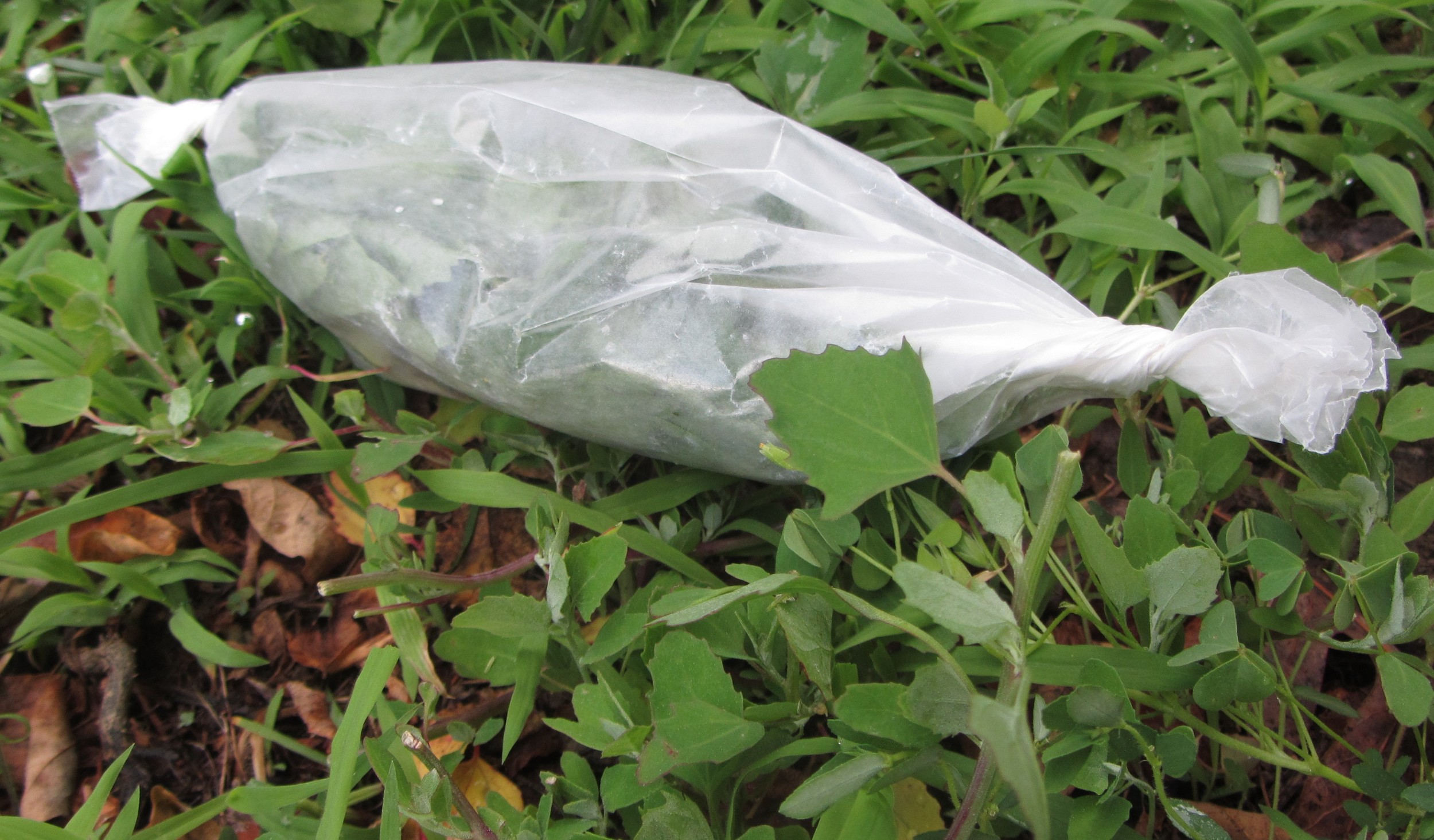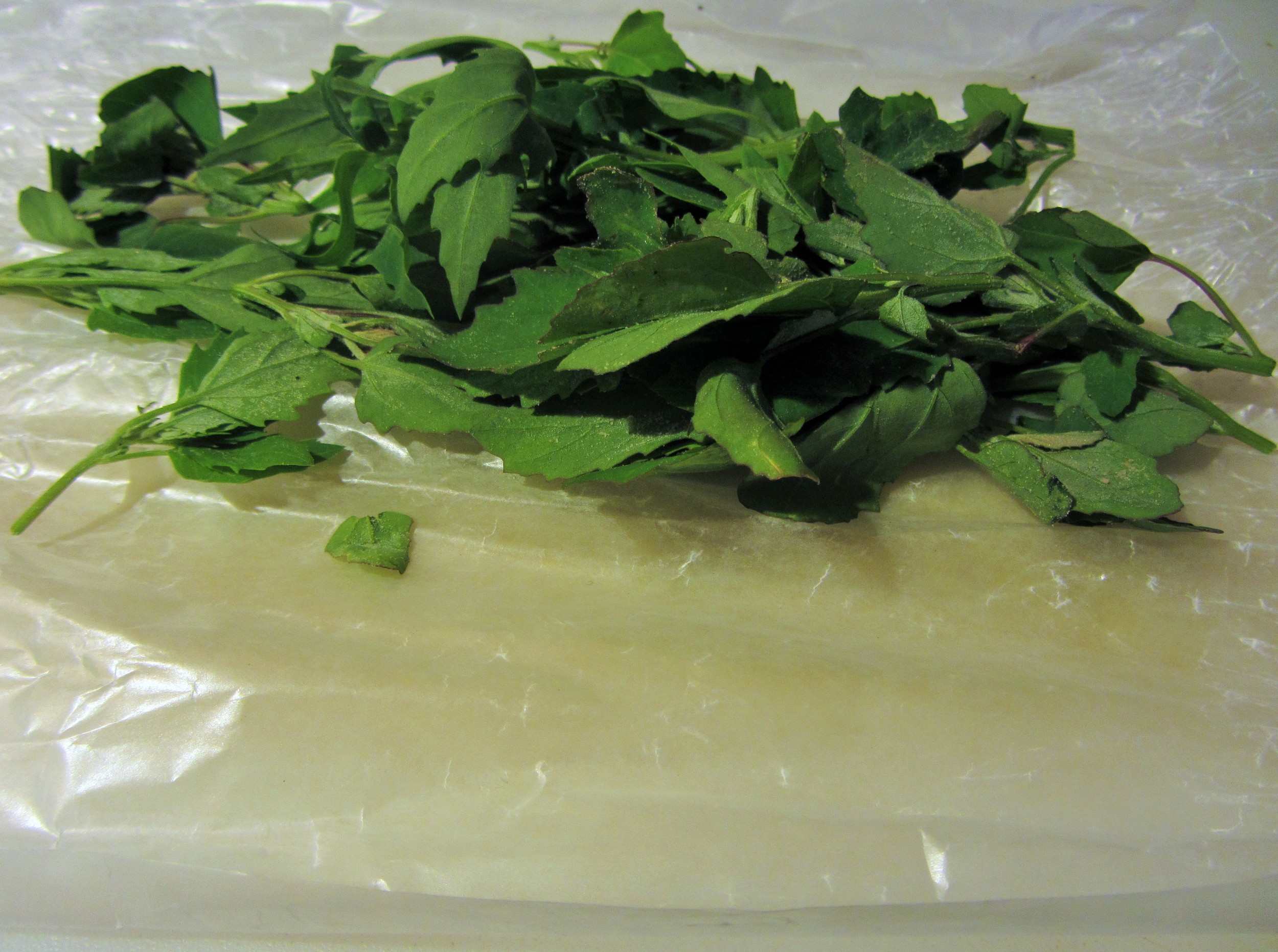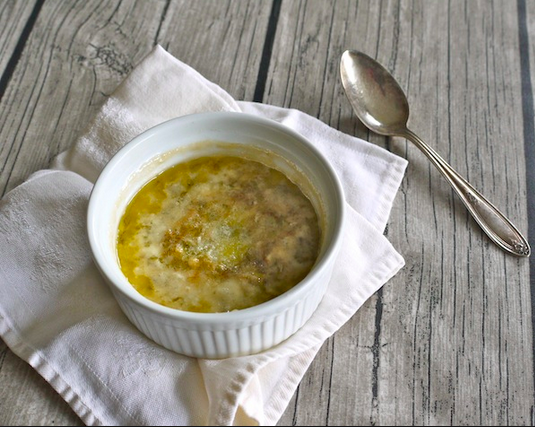Japanese knotweed has a short 3-week growing season, but it can be frozen raw and used all year. If you like the taste of rhubarb, you'll enjoy knotweed. For more information about the best way to harvest knotweed, check out my e-book Joyful Foraging: Learn How to Feast on the Food Growing All Around You. Field garlic and garlic mustard, additional recipe ingredients, are also covered in this e-book.
One of the challenges of our virtual world, is that I never know who is really trying to find me. Before I launched TheJoyfulForager.com, I was WriterByNature.com. A huge shout out to Carly Leusner for crediting me for this knotweed recipe, even when I was in a state of metamorphosis.
Carly, if you're still around, Joe is a fellow member of the Connecticut Westchester Mycological Association. I'm reintroducing the chicken mushroom ingredient, which was part of Joe's original recipe:
JOE’S KNOTWEED/CHICKEN MUSHROOM SALAD
Ingredients:
4 Cups Cleaned/peeled Japanese knotweed
2 TBS Honey or agave
3 TBS Tamari or soy sauce
6-12 Field garlic leaves and bulbs (pull up a large clump)
1/2 tsp Grated fresh ginger
1 Carrot, shredded
6-8 Garlic mustard flower clusters for garnish
FORAGED ITEMS:
1. Japanese knotweed
2. Chicken of the woods mushroom
3. Field garlic
4. Garlic mustard top leaves and flower
5. Violet flowers
PURCHASED ITEMS:
1. Garlic
2. Ginger
3. Carrot
4. Sesame oil
PANTRY ITEMS:
1. Honey
2. Tamari or soy sauce
IN THE FIELD:
Choose knotweed stalks that are flexible, no thicker than young asparagus stalks.
Trim leaves from stalks and gather enough to fill a paper grocery bag
That should yield about 4 cups
If you are lucky enough to find fresh chicken mushroom, and/or field garlic harvest them both.
Keep an eye out for garlic mustard leaves and flowers and for violet flowers - both for plating and garnish
IN THE KITCHEN
1. Rinse knotweed and peel the thin outer layer
2. Slice knotweed crosswise or at an angle into bite-size pieces
3. Grate ginger
4. Shred or grate raw carrot
5. Clean chicken mushroom with a damp cloth or paper towel
6. Cut mushroom into bite-size pieces
7. Chop field garlic (or onion) and sauté until golden
8. Add chicken mushrooms, cooking until they release, then reabsorb moisture
9. Whisk oil, honey, tamari and ginger until blended
10. Add knotweed and carrot and mix again
11. Add cooked ingredients and blend until everything is coated
Line serving dish with garlic mustard leaves
Use a slotted spoon to cover with knotweed mustard salad
Garnish with violet flowers and garlic mustard flowers
Serve warm or chilled
Note:
When I took this photo, I had hit the forager's lottery also finding wild ramp leaves. I made rice and served this as a main dish, instead of a side dish. Knotweed can be savory or sweet, as in this recipe for knotweed compote.
